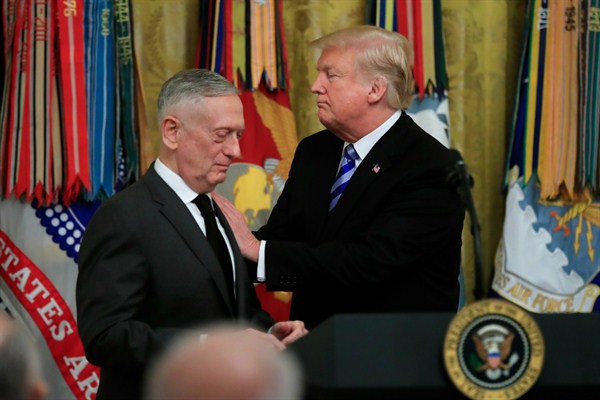During the Cold War, America’s global strategy was based on two pillars: leadership and security partnerships. First applied only to Europe, this strategy later expanded to the Pacific and, by the 1970s, to the Middle East, which became and remain the most important regions in American foreign policy. Global leadership placed economic and military burdens on the United States, but most Americans believed that the benefits justified the costs. While there were always debates over precisely how and where to implement the strategy, there was broad agreement on the two core pillars. The political right and left, Republicans and Democrats, felt that leadership and partnership best promoted U.S. national interests.
The consensus underlying this strategy developed small cracks in recent years that have now grown into gaping fissures. 2019 may be the year the unraveling begins in earnest for a strategy that served the U.S. well for seven decades.
For much of American history, the nation looked inward or, at least, concentrated on the Western Hemisphere. This changed early in the 20th century as the United States developed security interests in the Pacific and then became involved in World War I. But much of the public still remained skeptical of involvement in faraway places. It needed to be convinced that doing so was worth the costs. This required a working consensus among political leaders and opinion-shapers, particularly in the national media.

